Embarking on a yoga journey is a wonderful decision for both your physical and mental well-being. As a beginner, it's important to have a few essential items that will enhance your yoga practice and make it more comfortable and enjoyable.
In this blog post, I will share with you what key items you need to invest in to kickstart your yoga journey and ensure a positive and fulfilling experience. And believe me, whether beginner or advanced practitioner, these are your essentials.
Just as a caveat, how generic or particular you need to be when it comes to choosing the "specs" (size, thickness, hardness, etc.) of these items will depend on the style of yoga you're looking to practice. I'll include additional things to consider when it comes to the different styles out there.
Let's dive in!
1. A Quality Yoga Mat
A good-quality yoga mat is an essential investment for any yogi. It provides a comfortable and non-slip surface, ensuring stability and support during your practice. Look for a mat that is thick enough to cushion your joints but not too thick to compromise balance.
Non-Slip: If you want a good grip yoga mat, consider one that gets grippier the more you sweat. My palms don't get sweaty as much but when it comes to grip support, I particularly like brands from Manduka, Cucca (no longer in production), and Jade as in my experience, the grip in these are impeccable.
Thickness: 3mm to 5mm are the standard thickness for yoga mats. 3mm may be too thin for comfort but it makes for a light yoga mat for traveling. 5mm is enough for most but if you have sensitive knees, you may have still find yourself padding up. Find what works for you.
Personally, I have both a 3mm and a 5mm yoga mat. The first I use for travel and the other I use for home practice. While I find 3mm to be too thin, I can always find something to add extra support like putting my yoga mat on a carpet, having a towel close by, or just simply folding it when needed.
In my opinion going above 5mm can be helpful except when your yoga mat starts to feel more like a cushion. Too much thickness can compromise stability in your balancing poses and can even hurt your wrists more in some cases.
Size: Most yoga mats come in standard dimensions that can cover most humans length- and width- wise. If you feel you'll have too little room to comfortable lay in Savasana, you may want to consider a specialized mat for your size.
I'll write a bit more about yoga mats in a future blog post.
2. Comfortable Yoga Clothing
Most yoga studios and teacher will ask you to wear form fitting clothes. The primary reason for this is so that your teacher will be able to visually see your alignment and help guide you to feel the posture better and avoiding injuries.
Form fitting doesn't me tight fitting or uncomfortable clothing, however. Invest in comfortable and breathable clothing that allows for a full range of movement. You don't need to look for "yoga clothes" specifically. You could already have ones in your closet that you can use.
If the style of yoga makes you sweat like Vinyasa, Ashtanga, or Hot Yoga, opt for moisture-wicking fabrics. If the style is more on the relaxation and meditative side like Restorative or Yin Yoga, loose, cozy clothing is more advisable since your body temperature usually drops in these practice and you will need something to keep you warm.
As much as possible, look stretchy clothing that will not restrict your full range of motion.
Personally, it helps to have a "uniform" dedicated to the practice so that when you put it on, your mind already starts to shift gears and it will begin to associate putting on the uniform to the wonderful experience you will have in the practice.
3. Yoga Props
Yoga props are valuable tools that aid in proper alignment and provide support as you build strength and flexibility.
I can't stress how much props are unvalued by most beginners and yet these are the things that make your experience wonderful and your practice effective. In my experience, Yoga props give me the space to breathe better and ability to go deeper in my yoga practice.
Beginner or not, consider investing in the following props:
Yoga blocks help elevate the floor to you, support your joints, and help with alignment and stability. Foam blocks are the standard, are lightweight, and softer than the other blocks. But if you want the extra weight for other things and don't mind something harder, cork or wood blocks are also fine. These foam or cork blocks help modify poses and improve stability. I suggest getting at least 2.
Yoga straps help you lengthen your reach, deepen stretches and twists, and bring stability in some of the poses. I find that the ones in the market, while standard (6-ft), are still short for some of the restorative poses I needed to get deeper into. You can opt for the standard ones but I highly recommend the ones used in Iyengar and Restorative Yoga, around 8 to 10 feet. One should be enough in most styles but I suggest getting at least 2.
Bolster is used to enhance relaxation during restorative poses and meditation and like yoga blocks, it helps elevate the floor. This is primarily used in Restorative, Iyengar, and Prenatal Yoga but not in the other styles as yoga blocks usually do the job. Unlike the bolster you have at home, yoga bolsters are thick, sturdy, and heavy. They're not entirely soft and usually the length of your torso (shoulders to pubic bone).
Blankets are your thin "yoga blocks and bolsters" for support and also to give you warmth. I wouldn't say you need to go out and get a "yoga blanket" if you already have ones on hand but at least have one to two that's dedicated to your practice.
Investing in the right essentials will set you up for a successful and enjoyable yoga journey. But of course, the most important investment you can make is your commitment and dedication to your practice.
As you remain consistent and progress in your practice, you may choose to explore additional props and accessories, but starting with the basics outlined above will provide a solid foundation for your yoga practice even when you explore different styles.
I also recommend taking some time to read up on yoga philosophy, alignment, and different yoga styles. Explore reputable online platforms and videos that offer guidance from experienced yoga teachers. These resources will deepen your understanding and enhance your practice.
Embrace the transformative power of yoga and enjoy the countless benefits it brings to your body, mind, and spirit. Happy yoga-ing!
Check out this post for Yoga Blend roller recipes you can use to make your experience sublime!




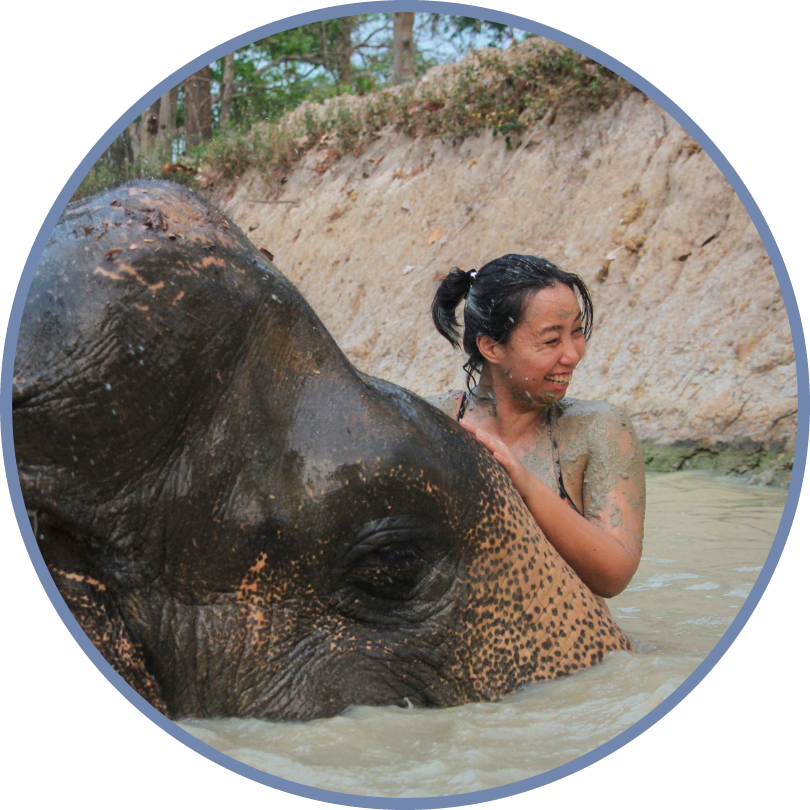
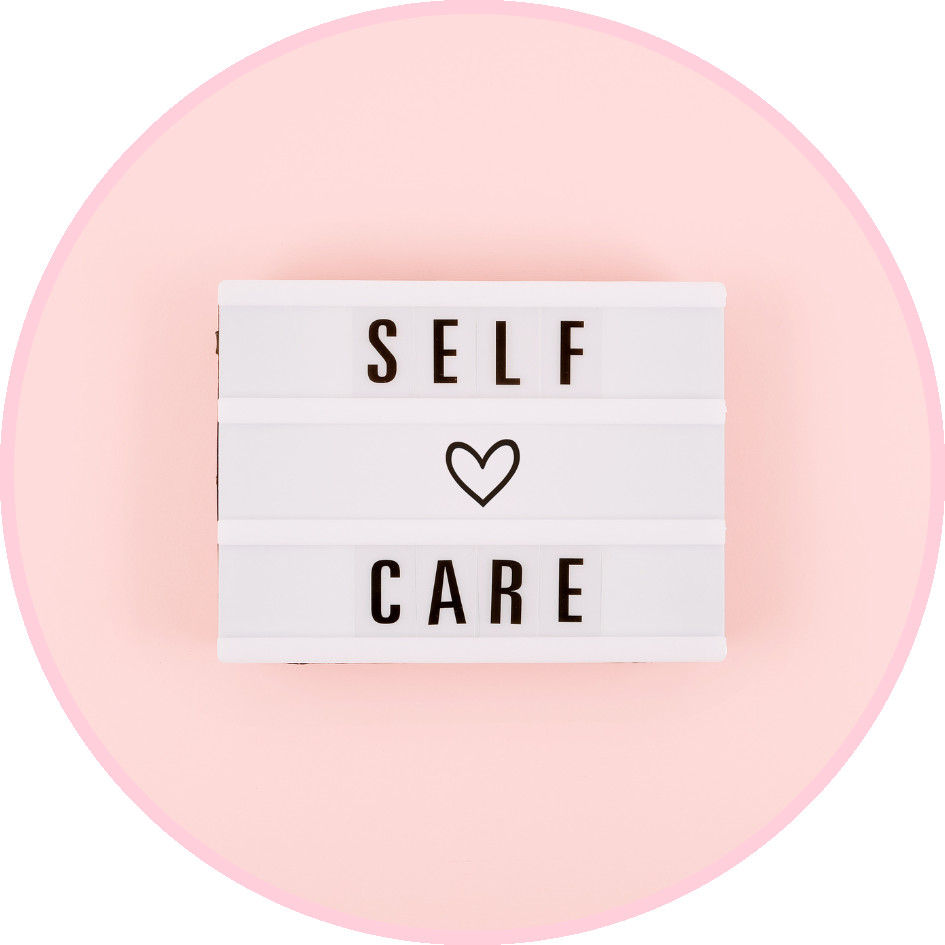

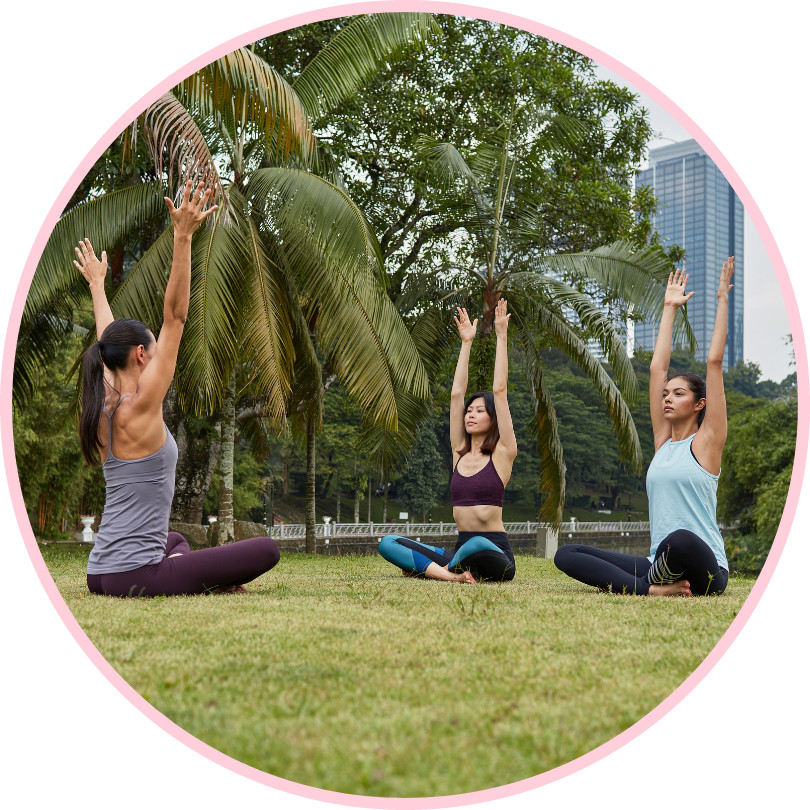

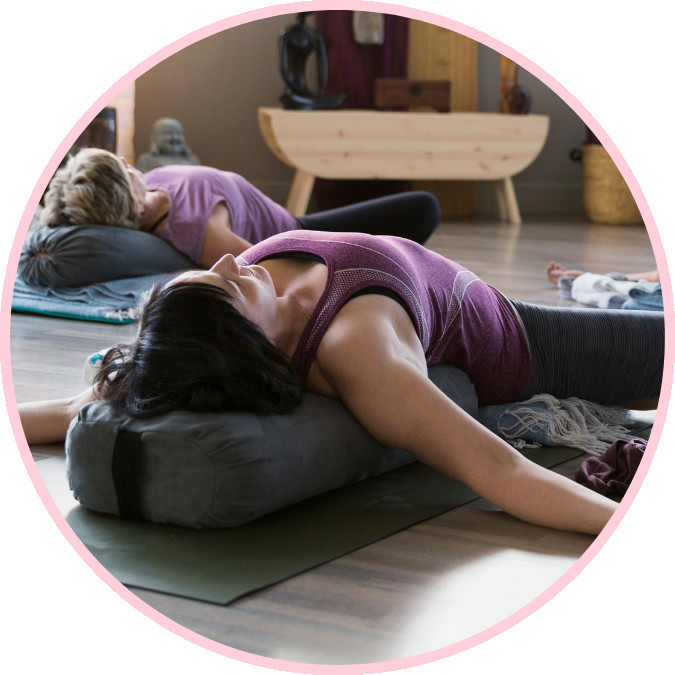
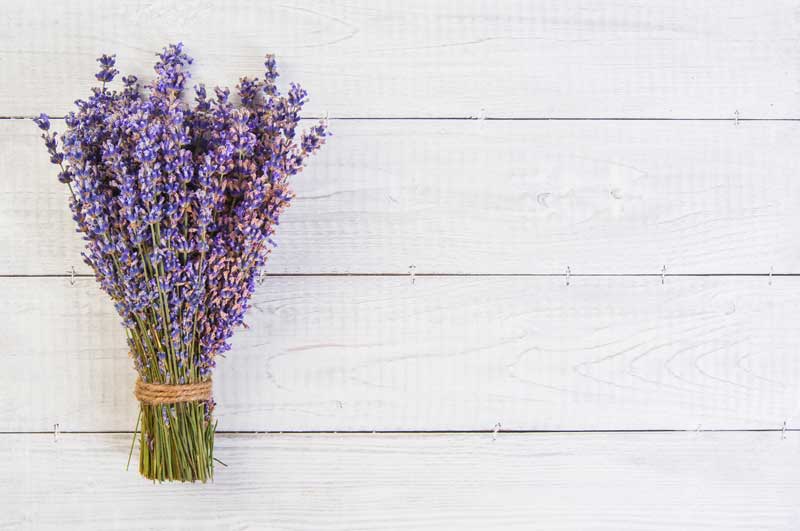
0 Comments